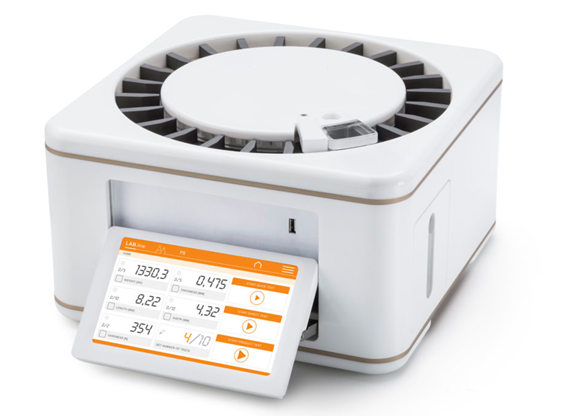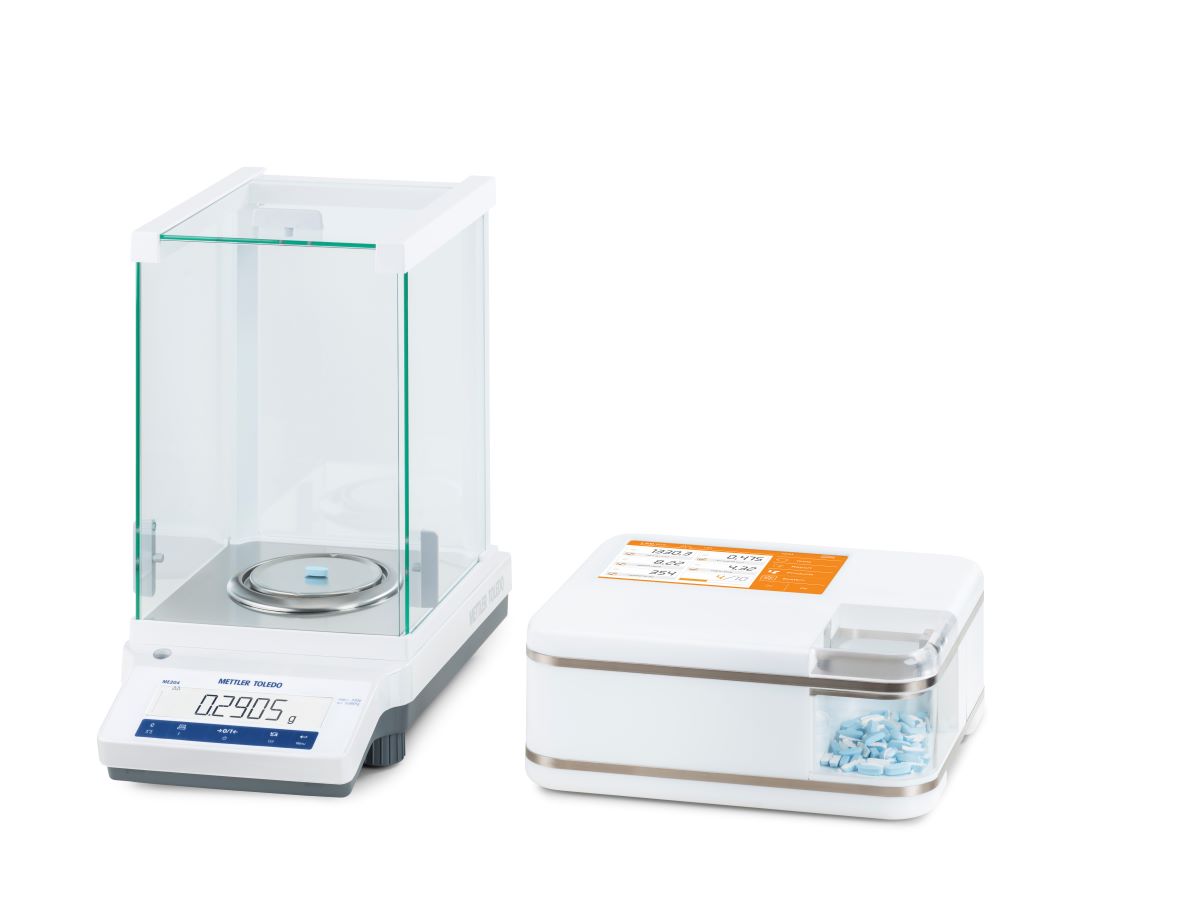By Charles Ischi…
Charles Ischi Tablet Hardness Testing
Charles Ischi offers a wide range of solutions for testing tablet hardness (breaking force) and related tablet testing equipment required for USP and other guidelines.
These are available in both manual, semi-automatic and fully automated formats with a wide range of capabilities and extension options to meet most tablet testing laboratory, formulation development and production needs.
What is tablet hardness?
Pharmaceutical tablet hardness testing is more correctly known as diametral or diametrical crushing strength and is a key parameter in assessing overall tablet quality. Tablet hardness testing is used, for example to calculate the tensile strength of tablets to assess the manufacturability and compactibility of formulations.
Tablet hardness also serves as a guide for product development and as a quality-control benchmark. Tablets that are too soft are vulnerable to premature disintegration as well as chipping or fragmentation in transit. Excessive tablet hardness, on the other hand, can prejudice disintegration and dissolution needed in dosage profiles.
Hardness of tablet is typically affected by various factors including powder flow and particle size distribution, excipients used in formulation, compaction force and process parameters.
Tablet hardness testing methods and standards
Hardness of tablet is measured by placing it between a fixed and moving platen (jaw) that is then tightened into the tablet until it fractures across its diameter, with breaking load recorded.
Breaking force can be stated in kiloponds but is more usually calibrated in newtons, making this the effective unit of hardness of tablets.
It is useful and time-saving if the tablet hardness testing machine can also measure other data such as tablet dimensions and weight and all of Charles Ischi’s tablet hardness testers can measure more than breaking force.
Modern tablet testers also need to comply with the guidelines of the United States Pharmacopeia (USP) General Chapters—Dosage Forms Expert Committee, who recently revised their USP <1217> standard to recognize the need for routine testing of tablet breaking force during formulation and manufacture. The tablet hardness test USP revisions favour designs in which constant loading rate or constant platen movement is employed, typical ranges of movement or loading rate, sensitivity for breaking force, methods of calibration and sample size.
The hardness test USP guidelines now recognize that Tablet Breaking Force (or ‘crushing force’), rather than the misleading term ‘hardness’, is the key criterion that must guide tablet development and serve as the key quality specification. Significantly, determination of tablet breaking force is also revised to specify that mechanical drives should use platen faces that are smooth polished and precision ground perpendicular to direction of movement, and perpendicular to tablet supporting surface to ensure uniform contact with tablet sides from top to bottom. Tests must be carried out at constant speed or constant force increase and with consistent orientation in the tester to ensure true comparability of results.
Charles Ischi manual tablet hardness testers
The H-Series manual tablet hardness testers combine ease of use with a high range of functions, including measuring range up to 60mm, capability to assess breaking force up to 800 Newtons (800N) and comprehensive operating software that allows compliance with 21 CFR part 11 guidelines for individual tablet assessments.
The four machines in the H-Series range share a common simple operating procedure: place tablets in the testing station, choose or set up a product recipe on touch screen, and click Start. The machine then tests tablets individually before dropping them into a collection receptacle. Test results are displayed on screen and also saved to memory. While H2 tests hardness and measures diameter, higher models (H3-H5) successively add thickness, length/width, and weight measurement.
The H-Series Tablet Hardness Testers offer particularly efficient and reliable tablet testing due to easy positioning of tablets during testing that is particularly important in respecting US Pharmacopeia <USP 1217> tablet breaking force assessment guidelines.
They also feature sophisticated connectivity for automated testing and documentation that allows export of data to LIMS, Excel, or PDF. Their capabilities of H-Series units can be further extended with a range of optional additions, including external precision thickness gauge and measuring range extensions to raise tablet hardness test limits to 800N for particularly hard tablets.
Charles Ischi semi-automatic tablet hardness testers
Charles Ischi Testing Technology’s P-Series Semi-Automated Tablet Testers offer a compact footprint, combined with high precision and quality, easy clean design and adaptability to a full 21CFR part11 compliant testing regime. The P-Series tablet testers are designed to bridge the gap between manual tablet testing and fully automated tablet testing with respect to both technology and price, to provide a space and cost efficient semi-automated multicheck solution for oral solid dosage QC and R&D labs in pharma and nutraceuticals.
The range comprises the P3, P4, and P5 machines, respectively testing batches of 20 tablets for three, four or five tablet parameters, scaling up from basic hardness, thickness and diameter to add weight (P4) and differentiated length and width in the P5.
Resources
Click on H-Series Manual Harness Testers for detailed range information.
Click on P-Series semi-automated tablet testers for further product details.


















